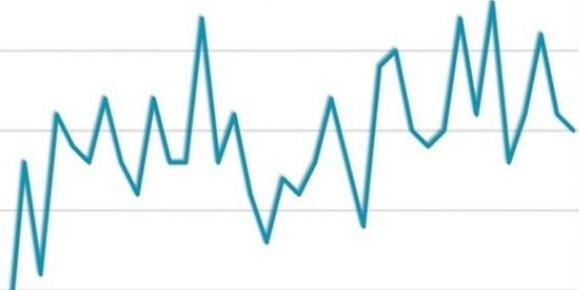Dundee’s population may finally be starting to rise again, new figures have shown.
The National Records of Scotland (NRS) have estimated that the number of people living in the city in mid-2010 stood at 144,290. That was 900 more than the estimate for the previous year.
Although it may take another year or two before a clear trend emerges, the figures suggests that the long-term outflow of residents may be reversing.
Most of the change was accounted for by net migration with more people coming to Dundee than leaving and the number of births was a little higher than the number of deaths.
However, the population of the city remains below the level recorded at the start of the century and is well down from its historic highs of over 180,000.
The NRS reckons that the number of people living in Scotland in mid-2010 was 5.222 million, up more than 28,000 on the previous year and the highest total since 1977.
Dundee was among 26 local authorities to see a year-on-year rise, with its 0.6% increase slightly greater than the national average. Over the past decade, though, the city experienced a 1.6% decline.
A breakdown of the 2010 statistics shows that women outnumbered men by 11 to 10, largely because women live longer on average. There were more than 4800 women in the city aged 80-plus compared to fewer than 2700 men.
The importance of education to the city’s economy is demonstrated by a noticeable bulge in the number of residents in their twenties caused by students coming to the two universities.
Immigration to the city by foreigners, including students, rose by almost 1200 last year. That was partly offset by the number of people who had been living in Dundee and who moved elsewhere.
Aberdeen, Edinburgh and Glasgow also gained population as a result of migration from overseas.
It is likely that the large number of students helped to bring down the average age of a Dundee resident, which at 38 was well below the national average of 41.
Children made up 17% of the city’s population, with pensioners accounting for 21%. However, the number of children was rising, with 8190 in the zero to four age group compared to 7126 in the five to nine age group.
The NRS figures also show that Dundee was the second most densely populated local authority in Scotland, packing 2412 people into every square kilometre.
With so much of the country sparsely populated, the national average was just 67 people per sq km, although densities in urban areas were much greater.
Dundee’s figure was so high because it covers such a small area just 60 sq km. That makes it by far the smallest local authority in the country, less than two-fifths the size of Clackmannanshire in second spot.
